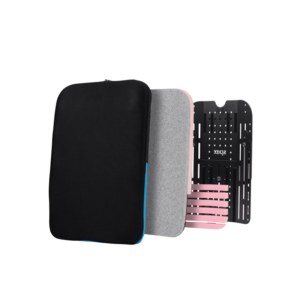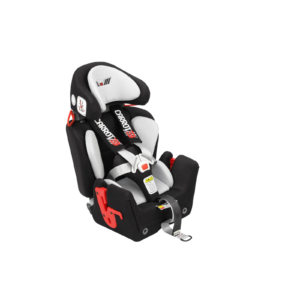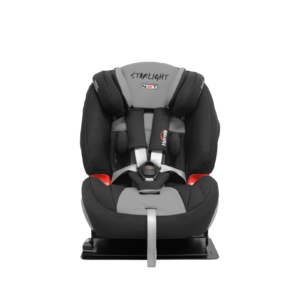Australia and New Zealand’s child restraint Standard (AS/NZS 1754: 2024 – Child restraint systems for use in motor vehicles) has recently been updated. The update includes the addition of a new section to allow for tested variations to compliant child restraints to better suit the needs of children with a disability.
Why is this important?
Previous versions of the Australian/New Zealand child restraint Standard have not included children with a disability or medical condition. Consequently, product development for off-the-shelf, compliant child restraints has been restricted in its ability to cater for the needs of children with a disability or medical condition.
This has contributed to the practice of health professionals modifying compliant child restraints to suit the needs of children with a disability or medical condition to address their unmet needs within compliant restraints. Modification of compliant child restraints has the potential to increase risk of injury or harm for the occupant.
As modifications are untested additions, they can alter the compliance of the child restraint and may fundamentally alter its safety performance in a motor vehicle accident. In comparison, a restraint that complies with AS/NZS 1754: 2024 meets safety performance criteria set out in the Standard.
What changes to child restraints in the mainstream market can be expected due to this change?
It is anticipated that the inclusion of children with a disability or medical condition to the Australian/New Zealand child restraint standard could result in:
- Increased opportunities for innovative product development. This could include complaint child restraints having the scope within their design to be adapted to suit some disability or medical related needs. As this possibility may be part of the design for future compliant child restraints, this means any adaptation possibilities can be tested against the Standard allowing the child restraint to remain compliant with the Standard.
- Developments in research and the evidence base, ultimately contributing to new learnings and developments in child restraint research.
What does this mean if my child/client is currently using a special-purpose child restraint?
It is important to highlight even with the inclusion of children with disabilities and medical conditions into the updated Australian New Zealand Standard, there will be still some children who require the use of a special-purpose child restraint to access safe transportation.
This is because the scope of the revised Standard is narrow and defined, meaning not all individual needs will be addressed through child restraints that will be designed to meet the updated Standard. Additionally, the processes required to design and test child restraints against the updated Standard is a detailed and extensive process. Given this, there will be need for some individuals to continue using their existing special purpose child restraint until more information is available about new child restraints that have been designed to meet the updated Standard. For example, it is not yet known what design features will exist in child restraints designed to meet the updated that cater to the needs of children with disabilities or medical conditions.











